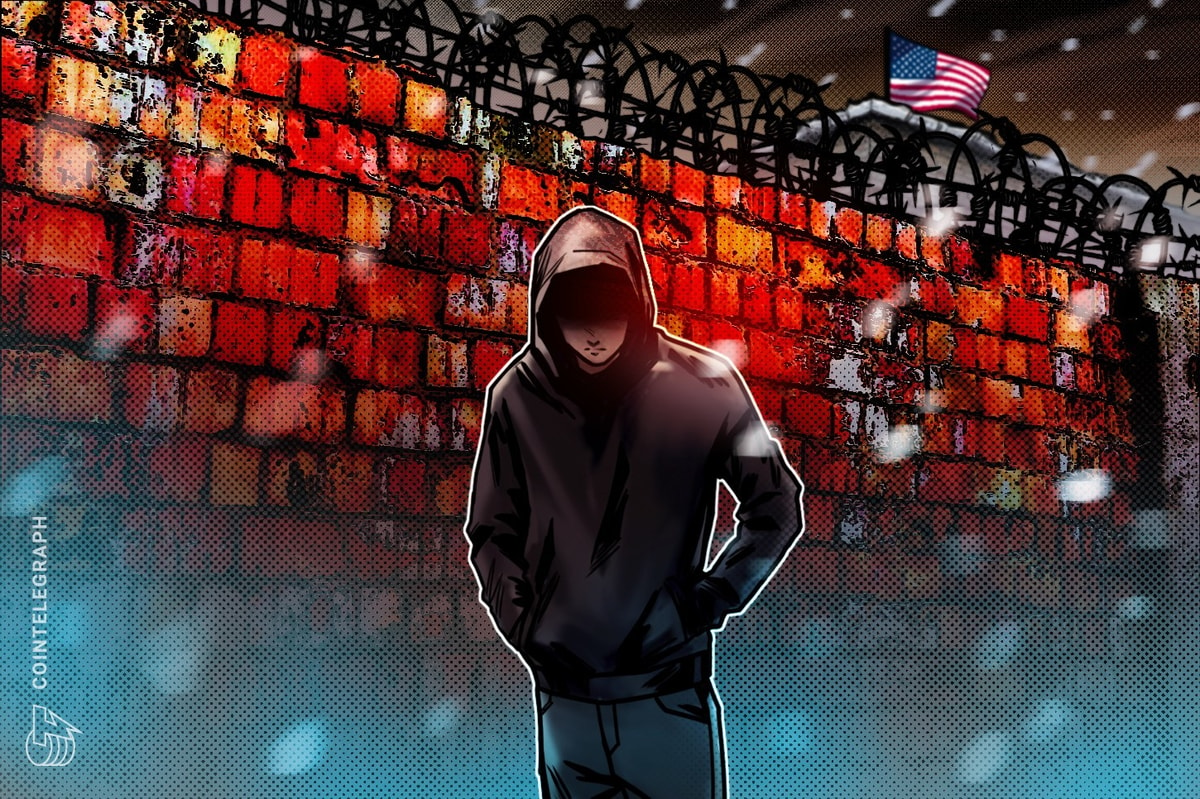The next big thing in the technology industry appears to be consumer robotics and there could be massive implications for both Main Street and Wall Street.
An analysis of the top ten tech firms in the world by market capitalization, their 2024 performance to-date, and what we’ve been able to glean about their current budgets indicates that big tech is ready to move beyond chatbots.
The robots we want
There are currently countless robots in the world. They’re used to build cars, stitch clothing, and even handle nuclear materials. But these specialized machines are purpose-built to perform specific tasks and typically not available or even useful to the average person.
But, over the past decade, consumers have been fed a steady stream of videos featuring robots dancing, doing backflips, and performing mundane tasks such as household chores and food preparation.
Consumers have long awaited the arrival of a bonafide “Rosie the Robot” (the sassy machine housekeeper featured in the 1960s US cartoon series “The Jetsons). What we’ve gotten instead have been talking speakers, expensive toys, and chatbots. But that could all be about to change.
Big tech’s pivot
The technology industry is interconnected in myriad ways. For example, Microsoft’s cloud services power OpenAI’s agents, which are trained on Nvidia hardware fabricated in partnership with TSMC. No matter which direction you look in, big tech is a rising or lowering tide that affects all vessels in its waters.
Currently, each of the 10 most valuable technology companies on the planet by market capitalization are invested in and developing robotics technology. Arguably, this pivot started in 2014 when the proliferation of generative adversarial networks (GANs) kicked off the generative AI industry.
Nvidia was among the first companies to benefit from this early pivot. Prior to 2014, it was known as one of the premiere companies in the niche market of graphics processing units (GPUs). Then companies started using those GPUs to train AI models.

As the above chart shows, its stocks jumped aboard a rocket ship in 2014 that steadily lifted the company from around $4.67 per share to more than $129 in just ten years.
Now, as of Aug. 24, with less than a week to go before the company’s second quarter earnings call, investors and analysts are beside themselves with anticipation and optimism. As Cointelegraph recently reported, at least one insider is calling for the company to grow from a $3.182 trillion market cap to $10 trillion in just five years.
Nvidia out in front
While the generative AI sector has also taken flight in the past few years, analysts worry that chatbots alone can’t sustain the unfettered growth seen by companies such as Microsoft and OpenAI.
Nvidia’s answer to the question of what comes next is simple: robotics. The company recently unveiled a slew of updates to its robotics platform and saw its stocks spike 11% in the following 24 hours.
Not only are consumers excited about the prospect of finally seeing useful robots out in the world, but companies such as Tesla and Apple have already announced their intention to bring products to market within the next few years.
There are still a lot of challenges engineers will need to overcome before we have human-sized machines lumbering around our homes, but the foundations for autonomous, consumer robots have clearly been laid. The important question is: how long until people can buy their own personal robot housekeepers?
The important question is: how long until people can buy their own personal robot housekeepers? It could be within a matter of years, if we look at the current AI trend.
Arguably, we’re in the GPT-1 era of robotics. It’s easy to forget that just six years ago, in 2018, OpenAI developed its first version of what would eventually become ChatGPT. It wasn’t very useful and even its successor, GPT-2, remained clunky and produced gibberish as often as useful text.
When ChatGPT launched in Nov. 2022, however, OpenAI managed to demonstrate the usefulness of the technology for businesses and consumers alike. In the two years since, the entire generative AI industry has progressed by leaps and bounds.
Many analysts continue to point out that chatbots have failed to find their killer app and that mainstream consumers haven’t exactly leapt onboard, but there isn’t a single company in the tech top 10 that isn’t reportedly pouring more money into AI in 2024 than they did in 2023.
Based on current industry trends, Nvidia’s market position, and the state of robotics hardware and AI software, big tech appears headed towards an explosive pivot to robots.
It’ll be interesting to see if Nvidia mentions its robotics platform during its Sep. 28 earnings call and if the rest of the big tech top 10 follow suit throughout Q3 and Q4 2024.
Related: China to ramp up brain chip program after teaching monkey to control robot











